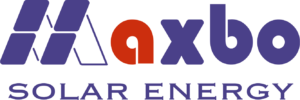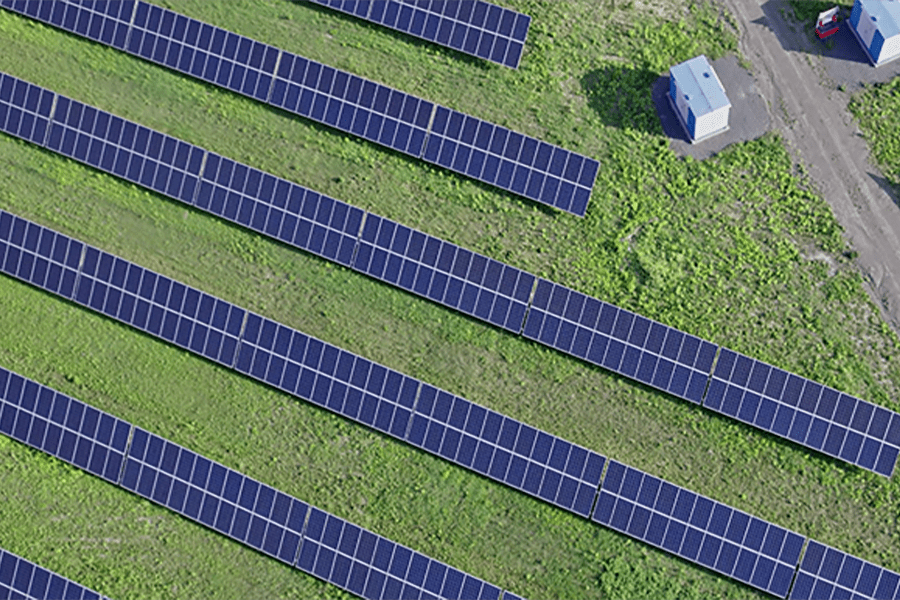Common components of a home grid-tied solar system include solar panels, hybrid inverters, storage batteries, distribution boxes, and connection to the public grid.

During daylight hours (on clear sunny days):
First, solar panels convert sunlight into DC power, which is then sent to the inverter.
The inverter converts the DC power into AC power that meets local electrical standards. After that, it can supply power to household loads.
Excess electricity can be stored in batteries for use at night. It can also be sent to the public grid for profit.



During the daytime (on rainy days):
On cloudy or rainy days, solar panels may not generate enough power.
In such cases, electricity can be drawn from the battery to support the load.
If the battery charge is insufficient electricity can also be sourced from the public grid to support the load.



During nighttime use:
Nighttime without sunlight typically requires electricity stored in batteries to support the load.
Hybrid PV systems also frequently utilize both batteries and the grid for power supply.



Conclusion:
Hybrid solar system is suitable for homes that can connect to the grid and wish to reduce electricity costs. It is the most common type of residential solar system.
Welcome to consult Maxbo for your one-stop solution.






